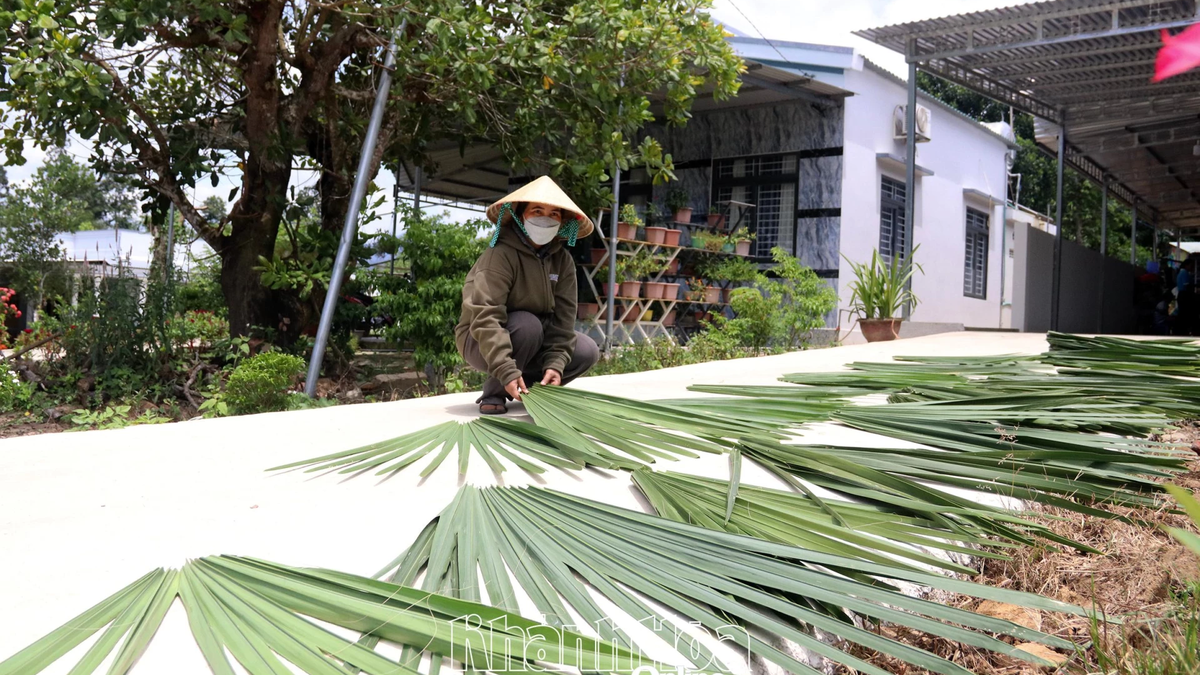A rare lunar meteorite about 2.35 billion years old, just announced by British scientists , is changing our understanding of volcanic activity on the Moon.
Discovered in Africa in 2023 and named Northwest Africa 16286, this unique rock fills a nearly billion-year gap in the lunar geological record.
The discovery, announced at the Goldschmidt Geochemistry Conference in Prague, provides evidence that the Moon once maintained internal heat sources much longer than previously thought.
The University of Manchester team analyzed the lead isotopic composition, determining that the rock was formed around 2.35 billion years ago, making it the youngest volcanic meteorite from the Moon found on Earth.
The sample is an olivine-rich volcanic basalt, containing large olivine crystals, high potassium, and moderate titanium. In particular, the lead isotope signature in the rock suggests it came from a source deep within the Moon, with an unusual uranium/lead ratio—a factor that may be related to the long-term heating mechanism generated by slowly decaying radioactive elements.
Dr Joshua Snape, from the University of Manchester, said: “The samples from the lunar landing missions are valuable, but they only reflect the area around the landing site. Lunar meteorites, on the other hand, can originate from anywhere on the surface, thanks to meteorite impacts that eject material into space. This sample fell to Earth completely randomly, providing new insights into the lunar geology without the huge cost of space missions.”
The age of the rock is particularly important, the researchers say, because it falls between the Apollo, Luna, and Chang'e 6 missions (older samples) and China's Chang'e 5 mission (younger samples).
Analysis shows that volcanic activity occurred not only during previously known periods, but also over a period of more than a billion years.
“This rock not only fills a historical gap, but also suggests that the Moon’s interior continues to generate heat, possibly through radioactive decay,” added Dr Snape.
The 311-gram meteorite is one of 31 lunar basalts ever identified on Earth. Its composition, which includes pockets of molten glass and fractures, suggests it was altered by a powerful lunar meteorite impact before being flung into space and landing in Africa.
The impact also complicates dating the rocks, but the team estimates the sample's age to within about ±80 million years.
The research, funded by the Royal Society, is expected to be published in full in a peer-reviewed scientific journal later this year. Scientists hope that the meteorite sample will help future lunar exploration missions identify potential landing sites to further explore the rich geological history of Earth's only satellite./.
Source: https://www.vietnamplus.vn/thien-thach-mat-trang-235-ty-nam-tuoi-he-lo-nhung-bi-mat-bat-ngo-post1049488.vnp



















































![[Maritime News] More than 80% of global container shipping capacity is in the hands of MSC and major shipping alliances](https://vphoto.vietnam.vn/thumb/402x226/vietnam/resource/IMAGE/2025/7/16/6b4d586c984b4cbf8c5680352b9eaeb0)













































Comment (0)